The odds ratio (OR) is a ratio of 2 numbers, like the relative risk we have 3 options OR = 1 The odds in the first group are the same as those in the second So no evidence that drinking wine can either OR > 1 The odds of having the disease in the exposed group are higher than the unexposedRelative measures of effect are risk ratio (ie the ratio between two incidence proportions), incidence rate ratio (the ratio between two incidence rates), and OR (the ratio between two odds) The risk difference is an absolute measure of effect (ie the risk of the outcome in exposed individuals minus the risk of the same outcome in unexposed)If the risk ratio is 1 (or close to 1), it suggests no difference or little difference in risk (incidence in each group is the same) A risk ratio > 1 suggests an increased risk of that outcome in the exposed group A risk ratio < 1 suggests a reduced risk in the exposed group Percent Relative Effect

View Image
Relative risks versus odds ratios bmj
Relative risks versus odds ratios bmj-Odds ratio versus relative risk Since it is a ratio of ratios, the odds ratio is very difficult to interpret The relative risk is easier to interpret, so the odds ratio alone is not very helpful However, there are certain commonly occurring situations in which the estimate of the relative risk is not very good and the odds ratio can be usedA 1 to 4 odds means there are five possible outcomes If you are interested in the blue card, it happens once among those five outcomes, or % of the time Likewise, relative risk makes a lot of sense The relative risk of picking a blue card in group A compared to group B is 1/3 or 033 We can understand that by looking at the picture



Relative Risk Versus Odds Ratio Usmle Biostatistics 4 Youtube
Relative risks are often reported in newspaper headlines, but without the context of absolute (or baseline) risk, this information is meaningless Absolute risk numbers are needed to understand the implications of relative risks and how specific factors or behaviours affect your likelihood of developing a disease or health conditionWhen two groups are under study or observation, you can use two measures to describe the comparative likelihood of an event happening These two measures are the odds ratio and relative risk Both are two different statistical concepts, although so much related to each other Relative risk (RR) is simply the probability or relationship of two eventsA crude odds ratio can be converted to a crude risk ratio risk ratio = odds ratio/(1 − p0) (p0 × odds ratio), in which p0 is the outcome prevalence (risk) among the unexposed Some have applied this formula to an adjusted odds ratio to obtain an adjusted risk ratio 49 This method can produce biased risk ratios and incorrect confidence
RISK AND HAZARD In general conversation, risk and odds are used interchangeably Actually they do not have same meaning We shortly explain odds but risk is the chance that a person without the disease will develop the disease in a defined period It can be any other event or outcome such as accidental injury and vision becomingThe interpretation of an odds is more complicated than for a risk The simplest way to ensure that the interpretation is correct is to first convert the odds into a riskOdds Ratio vs Relatives Risiko Das relative Risiko (RR) ist einfach die Wahrscheinlichkeit oder Beziehung zweier Ereignisse Nehmen wir an, A ist Ereignis 1 und B ist Ereignis 2 Man kann das RR erhalten, indem man B von A oder A / B dividiert Genau so kommen Experten auf populäre Zeilen wie "Gewöhnliche alkoholische Getränketrinker sind
The simple relative risk is 055 and the simple odds ratio is 025Clearly the probability of fathering a child is strongly dependent on a variety of demographic variables, especially age (the issue of marital status was dealt with by a separate analysis) The control group was 84 years older on average (435 years versus 351), showing the need to adjust for this variableYes and no The risk ratio is collapsible, so adjusting for any variable that is not associated with either the exposure or outcome should not change the magnitude of the risk ratio In addition, the summary risk ratio across strata should be between the values of the stratumspecific risk ratios (something that does not hold with the odds ratio)A 1 to 4 odds means there are five possible outcomes If you are interested in the blue card, it happens once among those five outcomes, or % of the time Likewise, relative risk makes a lot of sense The relative risk of picking a blue card in group A compared to group B is 1/3 or 033 We can understand that by looking at the picture



Calculate Relative Risk With 95 Confidence Intervals


Relative Risk Ratio Vs Odd Ratio Ppt Authorstream
The relative risk (RR) and the odds ratio (OR) are the two most widely used measures of association in epidemiology The direct computation of relative risks is feasible if meaningful prevalences2) Relative Risk and Odds Ratio for the nonobese Relative Risk and Odds Ratio for the obese 3) Overall, you can see that decreasing the baseline incidence will decrease the odds ratio (300 in those who are nonobese versus 129 in those who are obese) Obviously, these results run counterThe basic difference is that the odds ratio is a ratio of two odds (yep, it's that obvious) whereas the relative risk is a ratio of two probabilities (The relative risk is also called the risk ratio) Let's look at an example Relative Risk/Risk Ratio Suppose you have a school that wants to test out a new tutoring program



Relative Risk Wikipedia



How To Calculate Odds Ratio And Relative Risk In Excel Statology
Both the odds ratio and the relative risk compare the relative likelihood of an event occurring between two groups The relative risk is easier to interpret and is consistent with general intuition Some designs, however, allow only for the calculation of the odds ration Covariate adjustment is easSuch guidelines exist, but either the odds ratio (OR) or the relative risk (RR) is fine You only have to be sure that you interpret either one correctly This is the advice given by Schmidt & Kohlmann (See below) Given that the relative risk is more intuitive, then it may be more advisable to use itThe relative risk and the odds ratio are measures of association between exposure status and disease outcome in a population Relative risk In epidemiology, relative risk (RR) can give us insights in how much more likely an exposed group is to develop a certain disease in comparison to a nonexposed group Once we know the exposure and disease status of a research population, we can fill in



Effects Of Presenting Risk Information In Different Formats To Cardiologists A Latin American Survey Archivos De Cardiologia De Mexico


Relative Risk Vs Odds Ratio Authorstream
The primary difference between odds and probability is that while odds is a ratio of occurrence to nonoccurrence, the probability is the ratio of occurrence to the whole Odds are expressed in the ratio, the probability is either written in percentage form or in decimalRisk is often a more intuitive concept than odds, and thus understanding relative risks is often preferred to understanding relative odds However, OR does not suffer from the same causal assumption limitations as RR, making it more widely applicableA terminology problem odds ratio versus odds Author William Gould, StataCorp James Hardin, StataCorp Unfortunately, the language used to describe statistical terms is not used uniformly across fields One example of this is odds and odds ratio Economists especially refer to what others call the odds as the odds ratio


Http Www Wright Edu Weizhen Wang Paper 36 15biometrics Wang Shan Pdf


Q Tbn And9gcs4bcnrpynkp2cs4djpmsqpraxmoql9dbezlu6zyy V0zawzodp Usqp Cau
Odds ratio versus relative risk Since it is a ratio of ratios, the odds ratio is very difficult to interpret The relative risk is easier to interpret, so the odds ratio alone is not very helpful However, there are certain commonly occurring situations in which the estimate of the relative risk is not very good and the odds ratio can be usedRelative measures of effect are risk ratio (ie the ratio between two incidence proportions), incidence rate ratio (the ratio between two incidence rates), and OR (the ratio between two odds) The risk difference is an absolute measure of effect (ie the risk of the outcome in exposed individuals minus the risk of the same outcome in unexposed)Relative risks are often reported in newspaper headlines, but without the context of absolute (or baseline) risk, this information is meaningless Absolute risk numbers are needed to understand the implications of relative risks and how specific factors or behaviours affect your likelihood of developing a disease or health condition


Absolute Risk Vs Relative Risk Vs Odds Ratio Pp Made Easy In Population Perspective Made Easy On Vimeo



Odds Ratios Vs Risk Ratios Stats By Slough
For example, an odds of 001 is often written as 1100, odds of 033 as 13, and odds of 3 as 31 Odds can be converted to risks, and risks to odds, using the formulae;RELATIVE RISK, ODDS RATIO, ATTRIBUTABLE RISK AND NUMBER NEEDED TO TREAT An improved version of this article is now available in Third Edition (12) of the book RATE, RISK, HAZARD, AND ODDS Depending upon the focus, different indices are used to assess disease occurrence in a group of subjects These can be explained as followsRisk is the number of those having the outcome of interest (death, infection, illness, etc) divided by the total number exposed to the treatment Odds is the number having the outcome divided by the number not having the outcome The risk or odds ratio is the risk or odds in the exposed group divided by the risk or odds in the control group



View Image



Effect Sizes Basicmedical Key
In statistics and mathematical epidemiology, relative risk (RR) or risk ratio is the risk of an event (or of developing a disease) relative to exposure Relative risk is a ratio of the probability of the event occurring in the exposed group versus the control (nonexposed) group For example, if the probability of developing lung cancer among smokers was % and among nonsmokers 10%, thenThe odds ratio will be greater than the relative risk if the relative risk is greater than one and less than the relative risk otherwise In the example above, if the adjusted odds ratio were interpreted as a relative risk, it would suggest that the risk of antibiotic associated diarrhoea is reduced by 75% for the intervention relative to the2) Relative Risk and Odds Ratio for the nonobese Relative Risk and Odds Ratio for the obese 3) Overall, you can see that decreasing the baseline incidence will decrease the odds ratio (300 in those who are nonobese versus 129 in those who are obese) Obviously, these results run counter
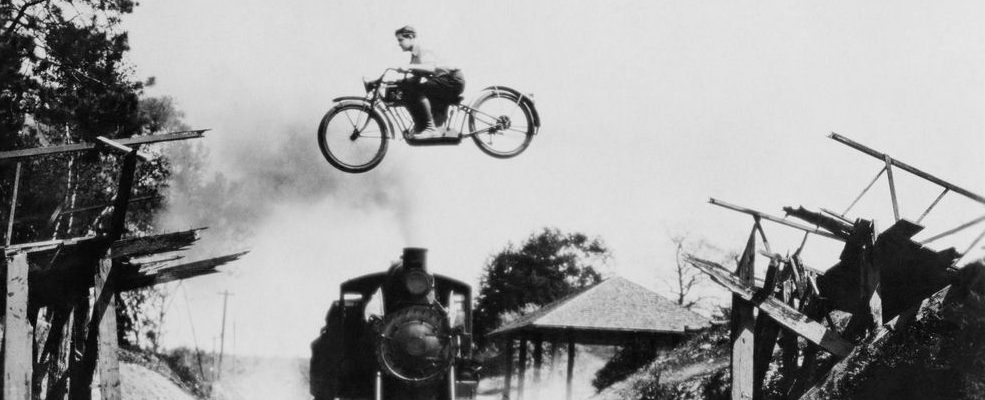


What Is It With Odds And Risk Students 4 Best Evidence
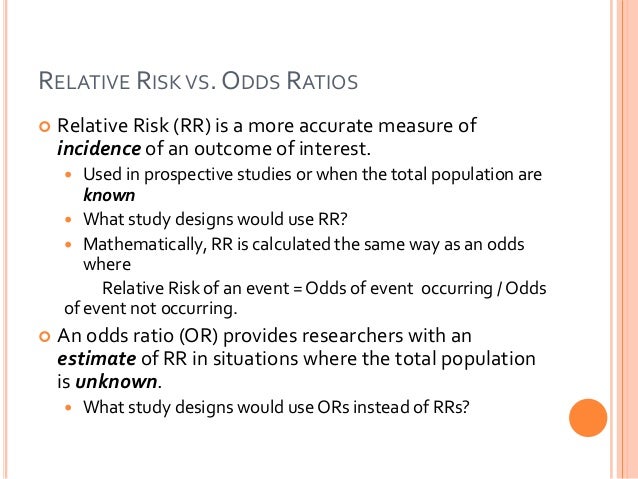


Common Measures Of Association In Medical Research Updated 13
In medical literature, the relative risk of an outcome is often described as a risk ratio (the probability of an event occurring in an exposed group divided by the probability in a nonexposed group) Certain types of trial designs, however, report risk as an odds ratio This format is commonly expressed in cohort studies using logistic regressionThe odds ratio will be greater than the relative risk if the relative risk is greater than one and less than the relative risk otherwise In the example above, if the adjusted odds ratio were interpreted as a relative risk, it would suggest that the risk of antibiotic associated diarrhoea is reduced by 75% for the intervention relative to theBoth the odds ratio and the relative risk compare the relative likelihood of an event occurring between two groups The relative risk is easier to interpret and is consistent with general intuition Some designs, however, allow only for the calculation of the odds ration Covariate adjustment is eas



Believability Of Relative Risks And Odds Ratios In Abstracts Cross Sectional Study The Bmj



Relative Risk Versus Odds Ratio Usmle Biostatistics 4 Youtube
The relative risk (sometimes called the risk ratio) compares the probability of death in each group rather than the odds For females, the For males, the probability is % (709/851=031) The relative risk of death is 25 (031/)Odds ratios (OR) are commonly reported in the medical literature as the measure of association between exposure and outcome However, it is relative risk that people more intuitively understand as a measure of association Relative risk can be directly determined in a cohort study by calculating a risk ratio (RR)Odds ratio versus relative risk Since it is a ratio of ratios, the odds ratio is very difficult to interpret The relative risk is easier to interpret, so the odds ratio alone is not



Chapter 6 Choosing Effect Measures And Computing Estimates Of Effect Cochrane Training



Reporting The Results Sage Research Methods
Yes and no The risk ratio is collapsible, so adjusting for any variable that is not associated with either the exposure or outcome should not change the magnitude of the risk ratio In addition, the summary risk ratio across strata should be between the values of the stratumspecific risk ratios (something that does not hold with the odds ratio)The relative risk and the odds ratio are measures of association between exposure status and disease outcome in a population Relative risk In epidemiology, relative risk (RR) can give us insights in how much more likely an exposed group is to develop a certain disease in comparison to a nonexposed group Once we know the exposure and disease status of a research population, we can fill in
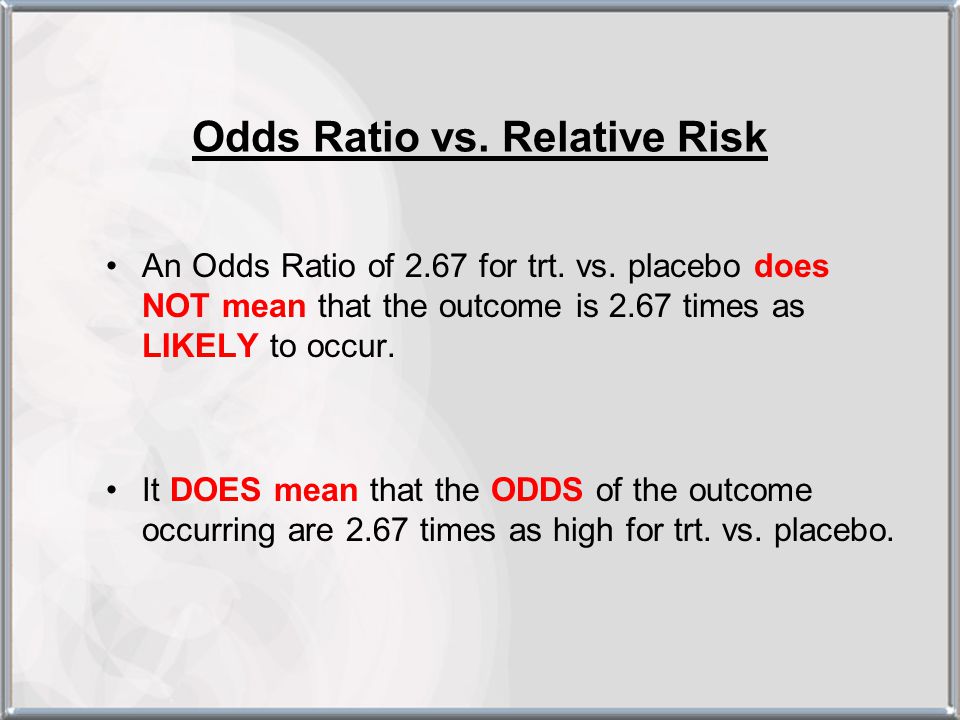


Hsrp 734 Advanced Statistical Methods June 5 Ppt Video Online Download



How To Interpret And Use A Relative Risk And An Odds Ratio Youtube
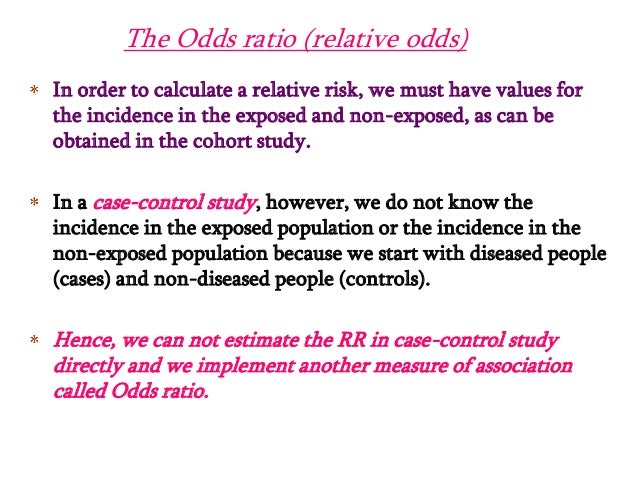


Estimating Risk



Nccmt Ure Relative Risk It S Easy To Calculate And Interpret Youtube



Solved Gender Male Female Total Drink More Than Should Y Chegg Com



Pdf When To Use The Odds Ratio Or The Relative Risk Semantic Scholar
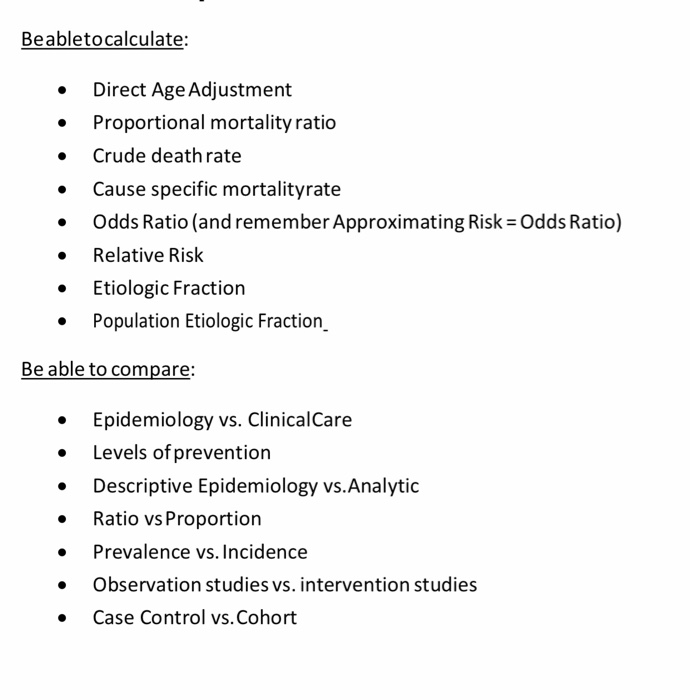


Beabletocalculate Direct Age Adjustment Proport Chegg Com



Relative Risk Odds Ratios Youtube


Q Tbn And9gctxz8owky Sul84xtk4ggzacxwhkmhguhlxwyjj9avufagdrhwm Usqp Cau



Common Measures Of Association In Medical Research Handout
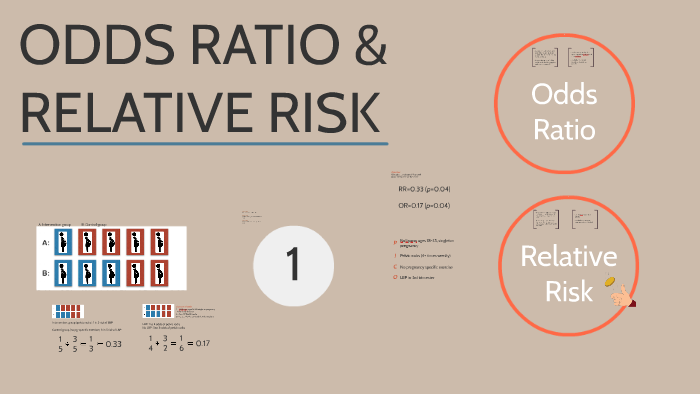


Odds Ratio Relative Risk By Susi Delaney


Epidemiology Stepwards



Odds Ratio Litfl Ccc Research



What Is The Difference Between The Risk Ratio Rr And The Odds Ratio Or Quora



Solved Select All Of The True Statements Regarding The Od Chegg Com
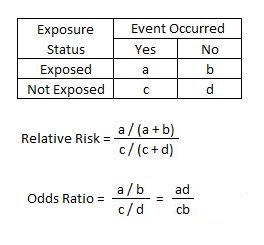


Relative Risk Article



Useful Concept For Medical Healthcare Data Risk Prediction



Average Values Measures Of Association N Absolute Risk The Relative Risk And Odds Ratio Provide A Measure Of Risk Compared With A Standard N Attributable Ppt Download



Math Formula To Reproduce A Plot Comparing Relative Risk To Odds Ratios Cross Validated



Relative Risk Vs Odds Ratio Youtube



Measures Of Effect Relative Risks Odds Ratios Risk Difference And Number Needed To Treat Sciencedirect



Relative Risk Or Odds Ratio And 95 Confidence Intervals For Download Scientific Diagram



Cph Exam Review Epidemiology Ppt Download



When Can Odds Ratios Mislead The Bmj
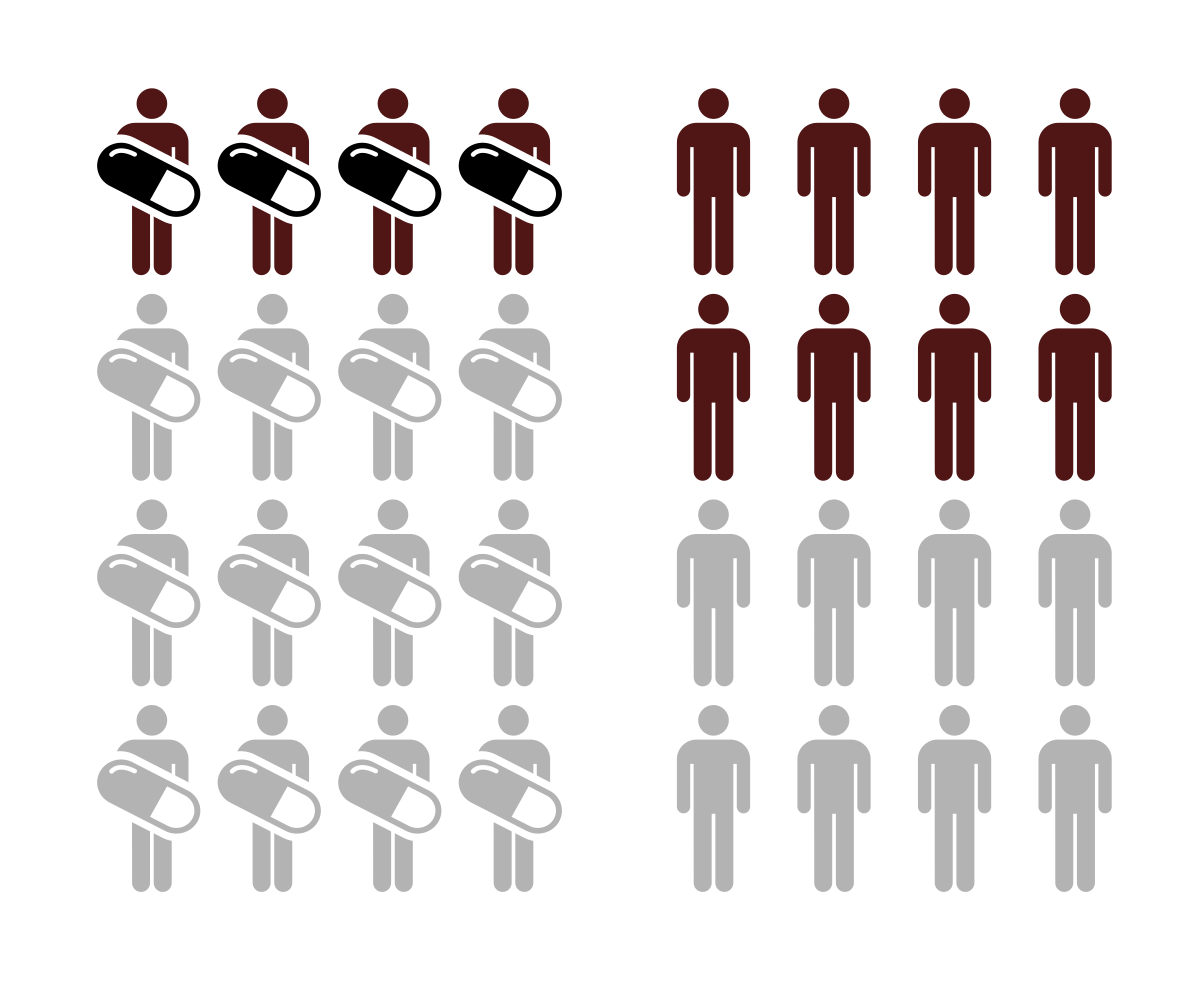


Relative Risk Wikipedia
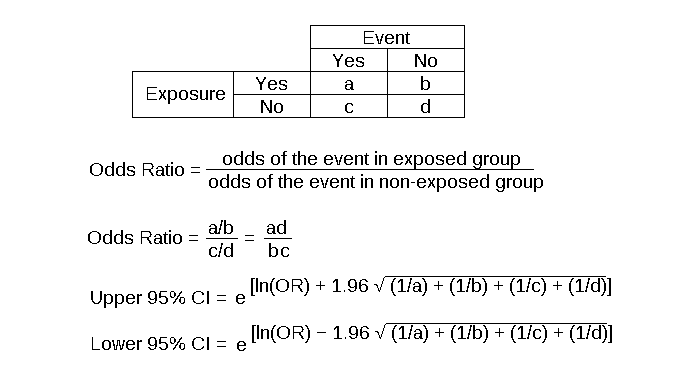


Odds Ratio Article
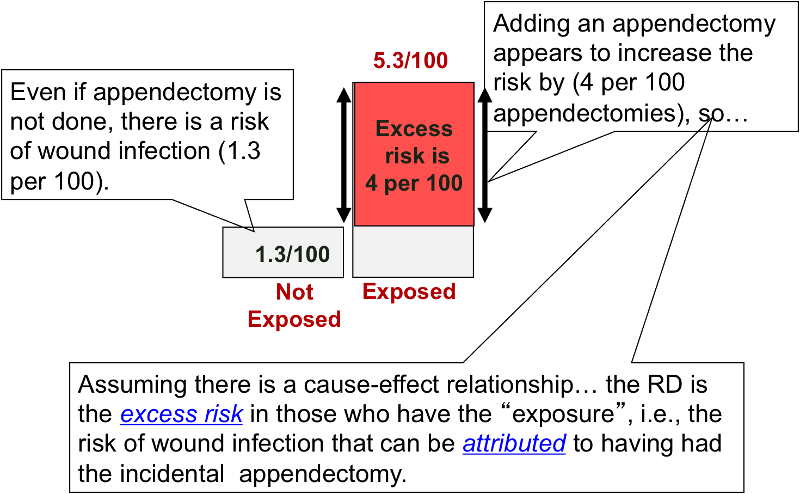


Risk Differences And Rate Differences



Odds Ratios Versus Relative Risk



Absolute Risk Vs Relative Risk Vs Odds Ratio Pp Made Easy In Population Perspective Made Easy On Vimeo
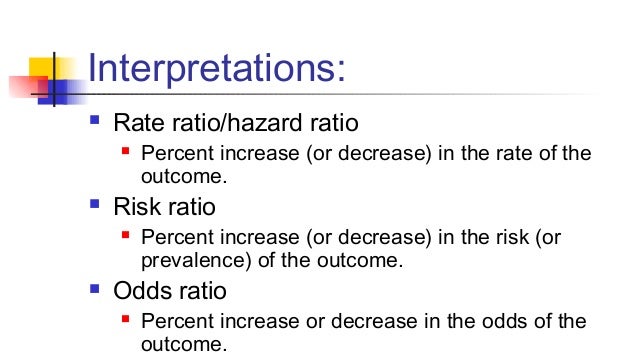


Math3010 Week 6



1 Relative Risks Odds Ratios Or Hazard Ratios Of Risk Factors For Download Table



Absolute Risk Vs Relative Risk Vs Odds Ratio Pp Made Easy In Population Perspective Made Easy On Vimeo


Odds Ratio Vs Relative Risk Drone Fest



Odds Ratios And Risk Ratios Youtube
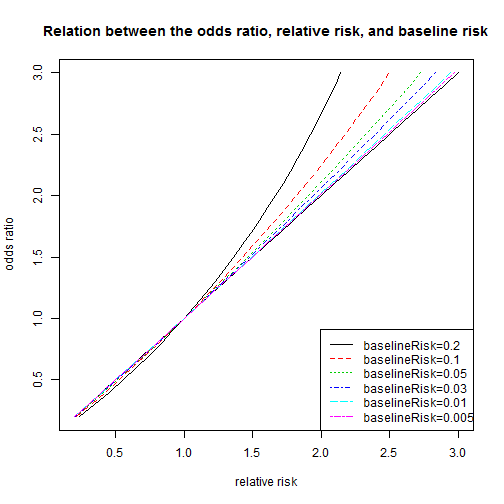


Relation Between The Odds Ratio Relative Risk And Baseline Risk


Arxiv Org Pdf 1510



Epidemiology Midterm Flashcards Quizlet



Definition And Calculation Of Odds Ratio Relative Risk Stomp On Step1



The Difference Between Relative Risk And Odds Ratios The Analysis Factor


6 7 8 9 10 11 12 13 14 15 16 17 18 19 21 22 23 24 25 26 27 28 29 30 Review Incidence And Prevalence Are Formally Defined On Slide 7 Birth And Death Rates Are Also Estimates Of Absolute Risk Risk Factors Are Identified By Determining



Forest Plot Of Relative Risks And Odds Ratios Of Lung Cancer Associated Download Scientific Diagram
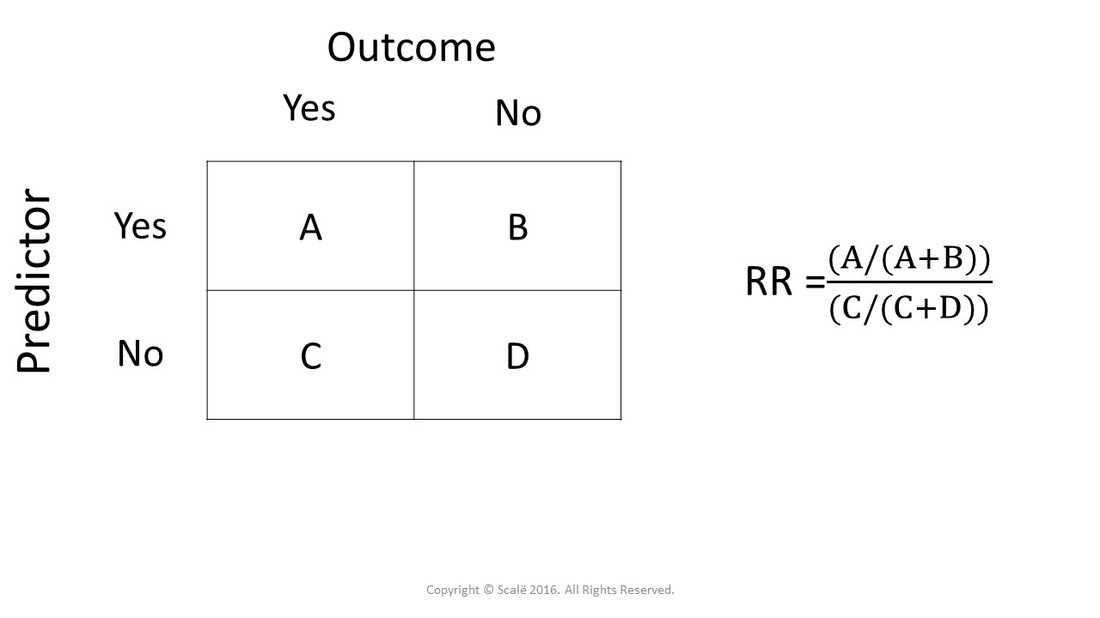


Calculate Relative Risk With 95 Confidence Intervals



Xmlinkhub


Definition And Calculation Of Odds Ratio Relative Risk Stomp On Step1


Q Tbn And9gctg0yamkzb I Kgfm8ruwmz6kflyp1lnmdrh Iyvx7mq94yhpyy Usqp Cau



Bk Plots Involving Risk Difference Relative Risk And Odds Ratio Download Scientific Diagram



Odds Ratio Relative Risk Calculation Definition Probability Odds Youtube



Definition And Calculation Of Odds Ratio Relative Risk Stomp On Step1



Math Formula To Reproduce A Plot Comparing Relative Risk To Odds Ratios Cross Validated
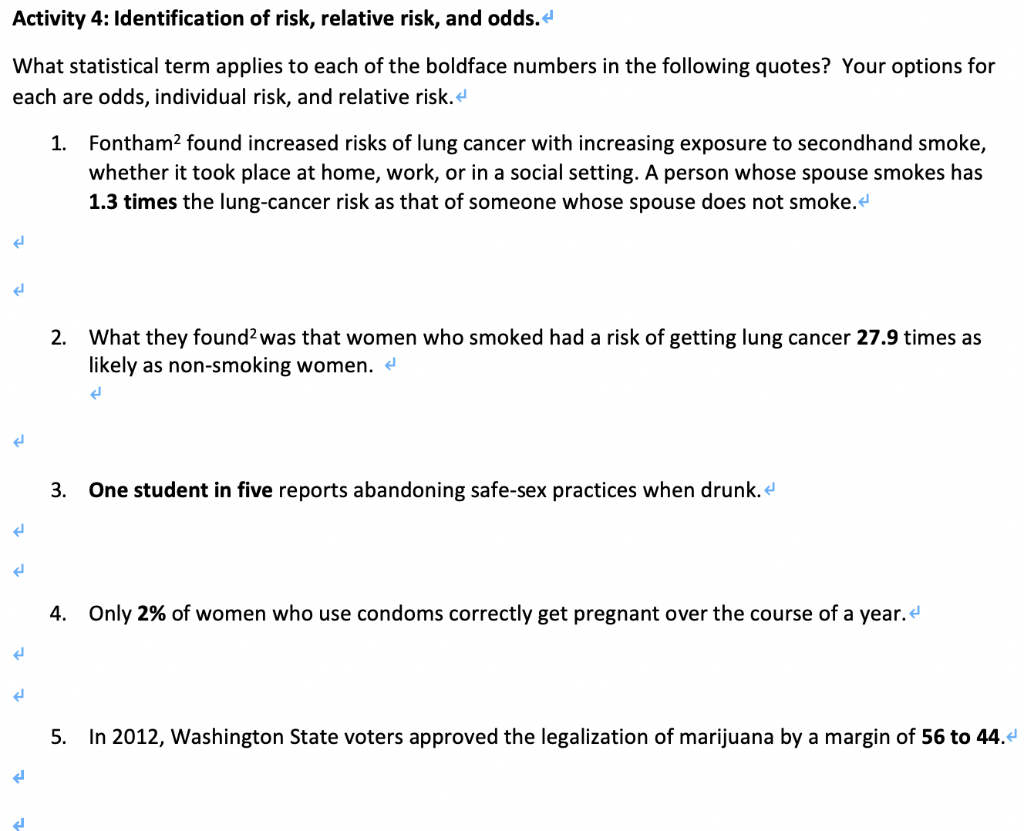


Solved Activity 4 Identification Of Risk Relative Risk Chegg Com



Estimating Risk



Relative Risks And Odds Ratios What S The Difference The Journal Of Family Practice Pre School Books Data Science Clinical Trials
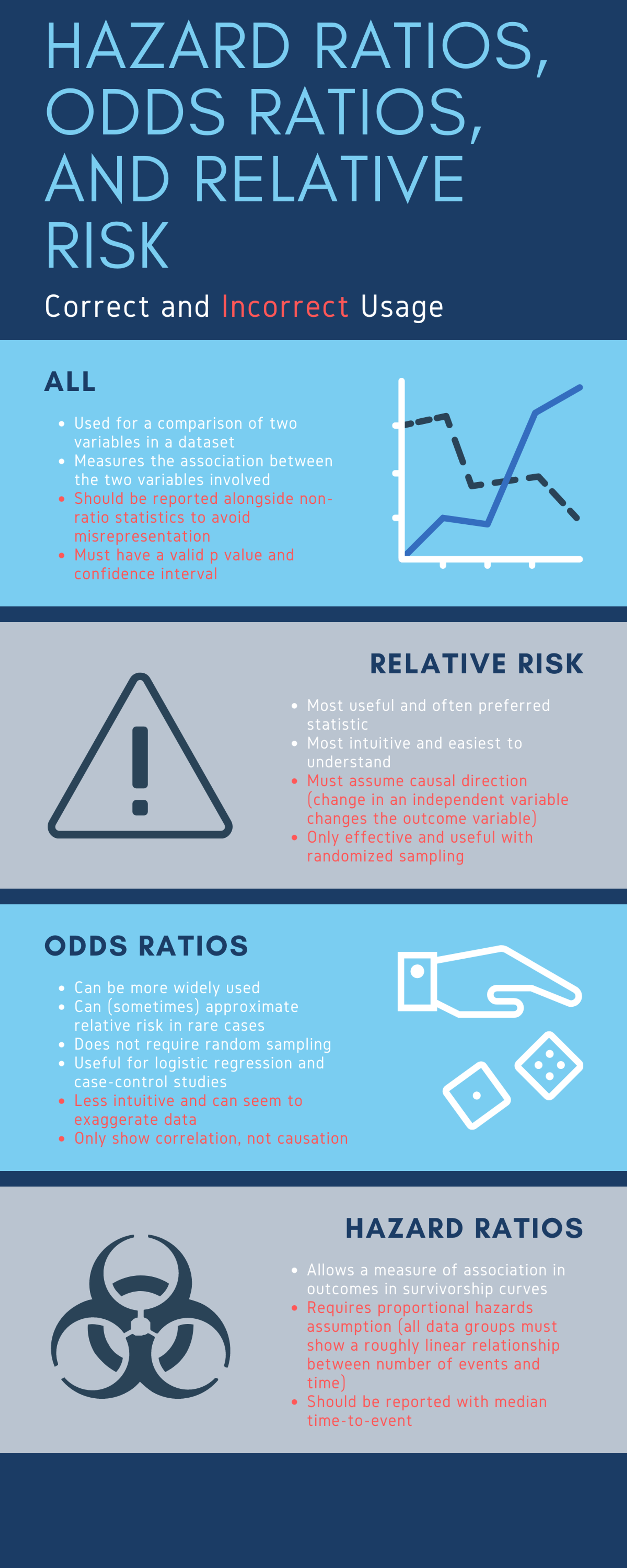


Cureus What S The Risk Differentiating Risk Ratios Odds Ratios And Hazard Ratios



Numerators Denominators And Populations At Risk Health Knowledge


Studying Studies Part I Relative Risk Vs Absolute Risk Peter Attia


Http Www Stat Colostate Edu Gumina St1 Pdf Categoricalanalysis Pdf
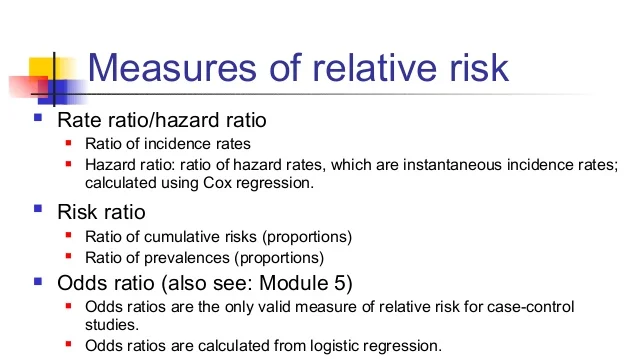


Math3010 Week 6



Calculation Of Relative Risks Rr And Odd Ratios Or Download Table


Q Tbn And9gctxz8owky Sul84xtk4ggzacxwhkmhguhlxwyjj9avufagdrhwm Usqp Cau
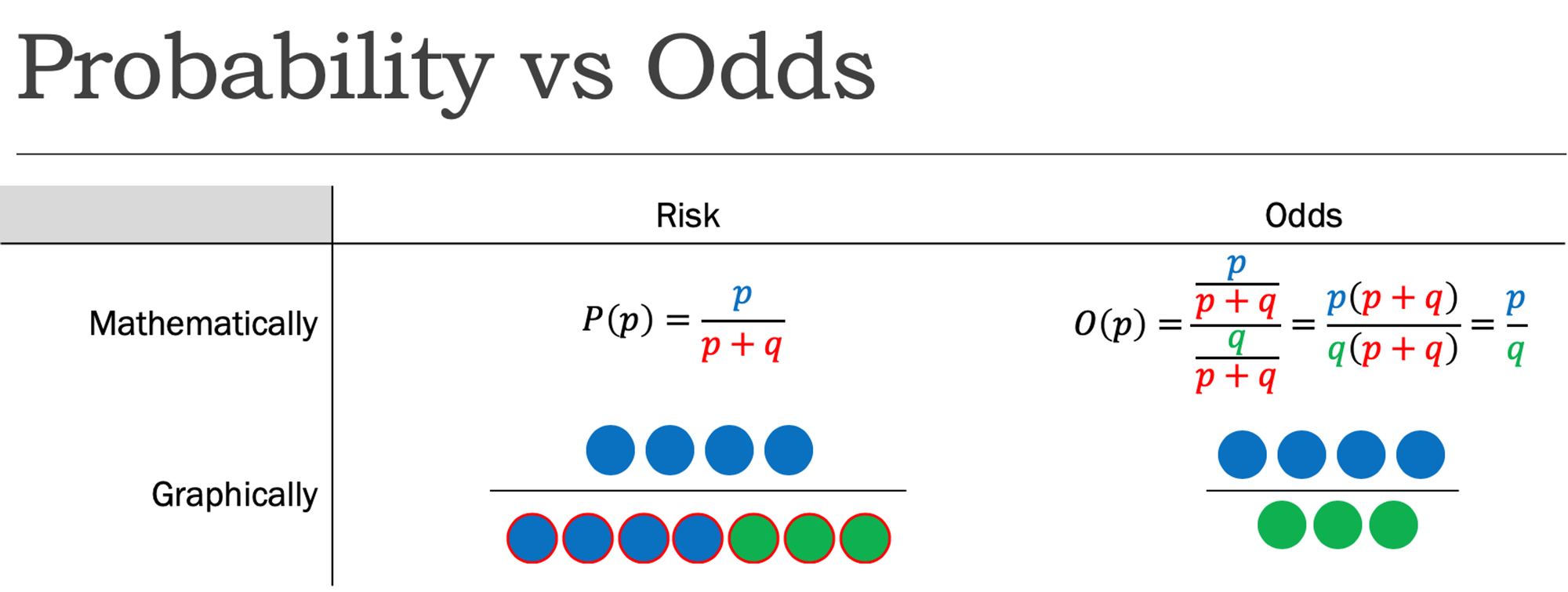


Cureus What S The Risk Differentiating Risk Ratios Odds Ratios And Hazard Ratios



The Odds Ratio Calculation Usage And Interpretation Biochemia Medica



Confidence Interval For Relative Risk Ppt Video Online Download



Relative Risk And Odds Ratio Usmle The Journey



What Is An Odds Ratio And How Do I Interpret It Critical Appraisal



How To Calculate Odds Ratio And Relative Risk In Excel Statology


Http Www Pitt Edu Bertsch Risk Pdf



Mara Averick As Someone Who Asks For Odds Ratios And Relative Risk At The Vet I This Post How The Odds Ratio Confounds A Brief Study In A



Odds Ratio Wikipedia


Odds Vs Risk Vantage Research



First Aid Epidemiology Biostatistics Flashcards Quizlet


Research Statistics Basics Contents 1 Basic Concepts 2 References Basic Concepts Null Hypothesis The Hypothesis That The Independent Variable Has No Effect On The Dependent Variable For Example Steroids Do Not Improve Outcomes In Ards Would Be



Ppt Main Points To Be Covered Powerpoint Presentation Free Download Id



Image Result For Difference Between Odds Ratio And Relative Risk Cross Sectional Study Hazard Ratio Odds


Studying Studies Part I Relative Risk Vs Absolute Risk Peter Attia



Pdf When To Use The Odds Ratio Or The Relative Risk


Relative Risk Ratios And Odds Ratios
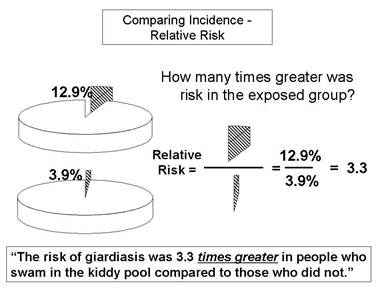


Relative Risk And Absolute Risk Definition And Examples Statistics How To
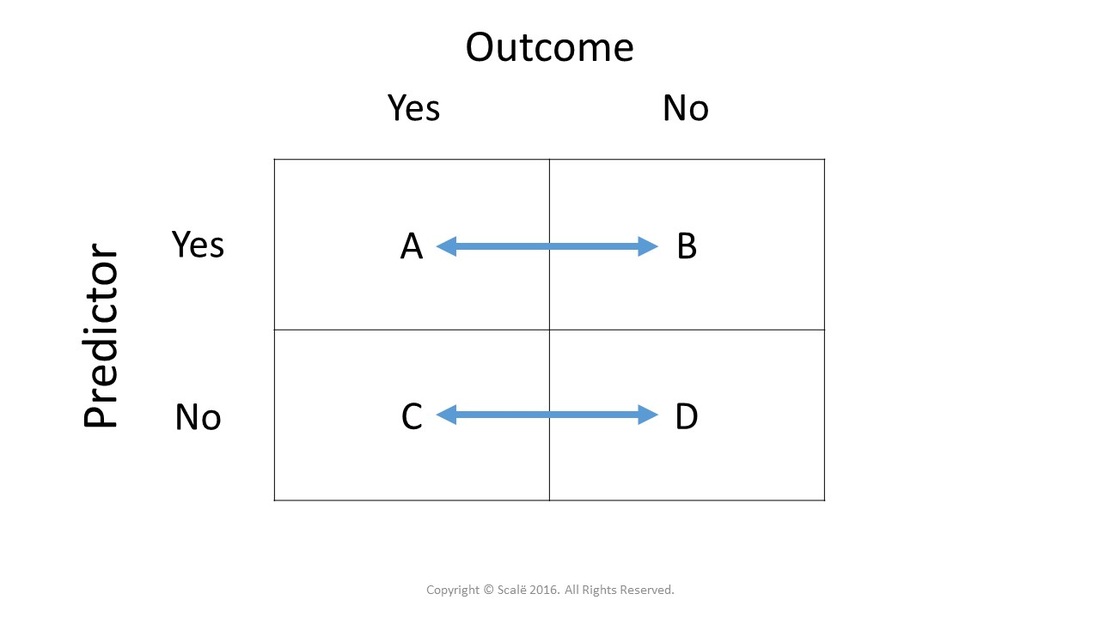


Calculate Relative Risk With 95 Confidence Intervals


Literature Search



Pdf Understanding Relative Risk Odds Ratio And Related Terms As Simple As It Can Get Semantic Scholar


Introduction To Genetic Epidemiology Lesson 5 Analyzing The Data



Measures Of Effect Relative Risks Odds Ratios Risk Difference And Number Needed To Treat Sciencedirect



How To Be Awesome At Biostatistics And Literature Evaluation Part Ii Tl Dr Pharmacy



Relative Risk Vs Odds Ratio On The Backpack And Back Pain Study Massage And Fitness Magazine



Odds Ratios Versus Relative Risk



Converting An Odds Ratio To A Range Of Plausible Relative Risks For Better Communication Of Research Findings The Bmj



0 件のコメント:
コメントを投稿